The Ceramic Sanitary Ware Market is currently characterized by a dynamic competitive landscape, driven by innovation, sustainability, and regional expansion. Major players such as Kohler (US), LIXIL Corporation (JP), and TOTO Ltd. (JP) are actively shaping the market through strategic initiatives that emphasize product differentiation and technological advancements. Kohler (US) has positioned itself as a leader in smart bathroom solutions, focusing on integrating IoT technology into its products. Meanwhile, LIXIL Corporation (JP) has been expanding its footprint in emerging markets, leveraging local partnerships to enhance its distribution channels. TOTO Ltd. (JP) continues to innovate with its eco-friendly products, appealing to environmentally conscious consumers, thereby influencing the competitive dynamics of the market.
The business tactics employed by these companies reflect a concerted effort to optimize supply chains and localize manufacturing. The Ceramic Sanitary Ware Market appears moderately fragmented, with a mix of established brands and regional players. This fragmentation allows for diverse consumer preferences to be met, while the collective influence of key players drives competition towards higher quality and innovative solutions. Companies are increasingly focusing on sustainability and efficiency, which are becoming essential components of their operational strategies.
In August 2025, Kohler (US) announced the launch of its new line of smart toilets that utilize AI technology to enhance user experience and water efficiency. This strategic move not only reinforces Kohler's commitment to innovation but also positions the company to capture a growing segment of tech-savvy consumers who prioritize smart home solutions. The introduction of these products is likely to strengthen Kohler's market share and set a benchmark for competitors.
In September 2025, LIXIL Corporation (JP) revealed its partnership with a local manufacturer in India to produce eco-friendly sanitary ware products. This collaboration is significant as it allows LIXIL to tap into the burgeoning Indian market while promoting sustainable practices. By localizing production, LIXIL can reduce costs and improve supply chain efficiency, which may enhance its competitive edge in the region.
In July 2025, TOTO Ltd. (JP) launched a new initiative aimed at reducing its carbon footprint by 30% by 2030. This ambitious goal underscores TOTO's commitment to sustainability and positions the company as a leader in environmentally responsible manufacturing. Such initiatives are likely to resonate with consumers increasingly concerned about environmental impact, thereby enhancing brand loyalty and market presence.
As of October 2025, the Ceramic Sanitary Ware Market is witnessing trends that emphasize digitalization, sustainability, and technological integration. Companies are increasingly forming strategic alliances to enhance their product offerings and market reach. The competitive landscape is shifting from traditional price-based competition to a focus on innovation, technology, and supply chain reliability. This evolution suggests that future differentiation will hinge on the ability to deliver high-quality, sustainable products that meet the changing demands of consumers.


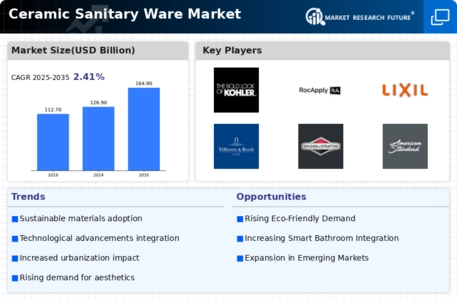
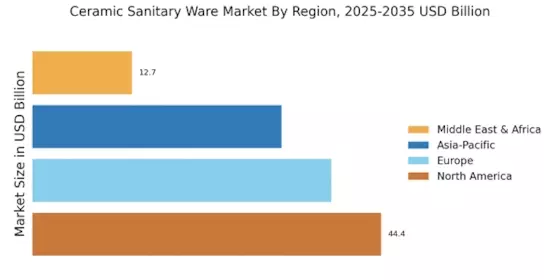
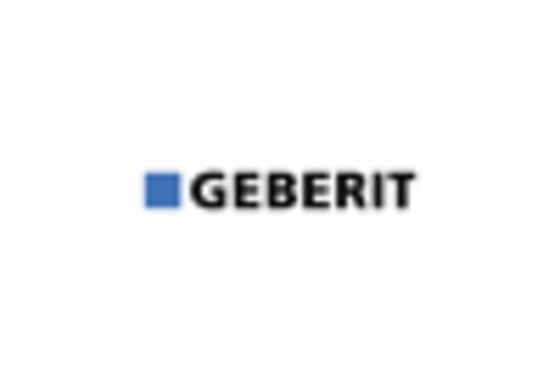
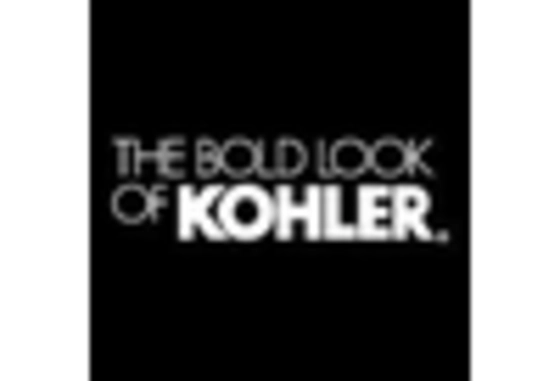

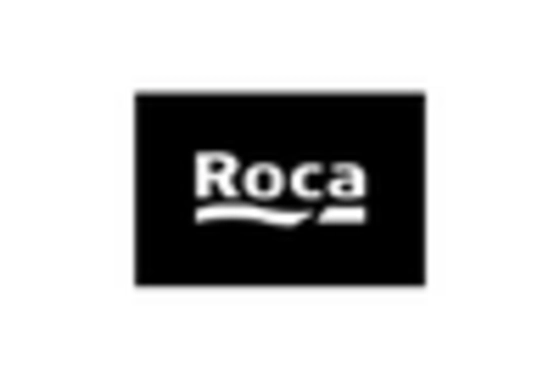










Leave a Comment